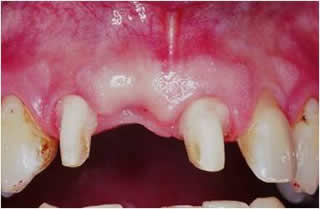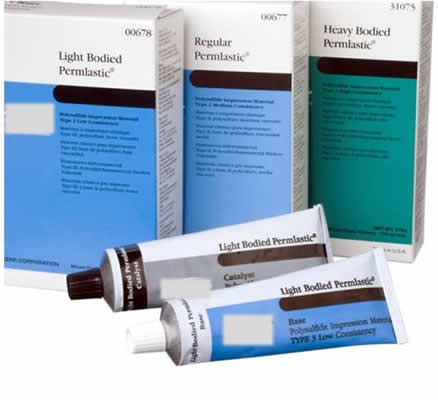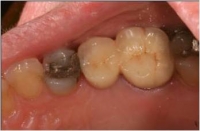Conventional Bridges: Impression Techniques course for Dental Practice



This session will outline the properties of various impression materials used to record tooth preparations for crown and bridgework. Factors influencing selection of appropriate impression material will also be discussed, as will various techniques which enhance accurate recording of surface detail.
Learning objectives
By the end of this session you will be able to:
- classify impressions materials and explain their advantages and disadvantages
- select an appropriate material to record impressions for crown and bridgework
- describe the different techniques for recording such impressions along with their limitations
- list techniques that aid accurate recording of subgingival margins
Accurate impressions are an absolute necessity when providing crown and bridgework. Failure to produce an accurate record can lead to a compromised restoration which may fail to be seated on the abutments and/or be associated with poor marginal integrity, which in turn can result in microleakage.
Before commencing this session you should have:
- knowledge of the different types of impression materials used in restorative dentistry
- knowledge of properties of an ideal impression material
- completed the e-Den sessions in Module 9 Replacement of teeth/Bridgework:
â—‹ Bridgework terminology (141-0392)
â—‹ Conventional bridges: Tooth preparation (141-0399)
Krupti graduated with honours from the University of Manchester in 2000. After undertaking vocational training and various SHO posts, she went on to secure a position as Specialist Registrar in Restorative Dentistry at UCL Eastman Dental Hospital, where she also completed a Masters in Conservative Dentistry. She completed specialist training in 2008 and became a full time NHS Consultant at EDH. She is currently registered on the GDC specialist lists in Restorative Dentistry, Prosthodontics, Periodontology and Endodontics. Krupti is also an honorary lecturer for UCL Eastman Dental Institute as well as being an examiner for the Overseas Registration Exam.
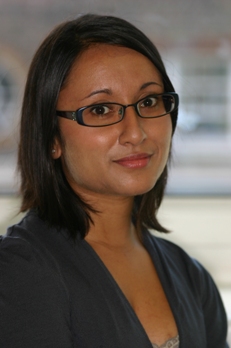
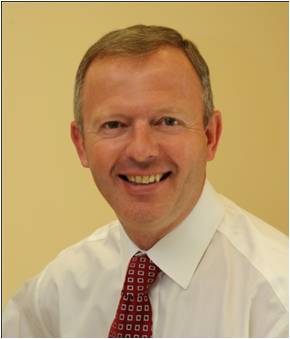
Ken graduated with honours from Bristol University in 1982. He gained his London fellowship in 1986 before specialising in restorative dentistry.
He completed a Masters and Senior Registrar training at the Eastman Dental Hospital and became consultant in conservative dentistry and periodontology in 1995. He is recognised by the GDC as a specialist in restorative dentistry, prosthodontics, periodontology and endodontics.
He now shares his time between hospital and private practice.
- Medical and Pharmacology | Human diseases and medi...
- Posted By eIntegrity Healthcare e-Learning
- Posted Date: 2024-11-06
- Location:Online
- This session will describe rheumatoid arthritis (RA), systemic lupus erythaematosus (SLE) and Sjögren’s syndrome. It will also identify the medications used for each condition and consider the impact of each condition on dental care.
- Medical and Pharmacology | Human diseases and medi...
- Posted By eIntegrity Healthcare e-Learning
- Posted Date: 2024-11-06
- Location:Online
- This session provides an overview of some of the clinically important respiratory challenges you may come across as a dental practitioner.
- Medical and Pharmacology | Human diseases and medi...
- Posted By eIntegrity Healthcare e-Learning
- Posted Date: 2024-11-06
- Location:Online
- This session describes the signs and symptoms that may manifest in patients diagnosed with common renal problems and the relevance of common renal disorders to the delivery of dental care.
- Medical and Pharmacology | Human diseases and medi...
- Posted By eIntegrity Healthcare e-Learning
- Posted Date: 2024-11-06
- Location:Online
- This session will look at the relevance of common neurological disorders to the delivery of dental care by the dental practitioner.
- Medical and Pharmacology | Human diseases and medi...
- Posted By eIntegrity Healthcare e-Learning
- Posted Date: 2024-11-06
- Location:Online
- This session will look at the signs and symptoms of neurological disorders and how the dental practitioner may recognise them.

